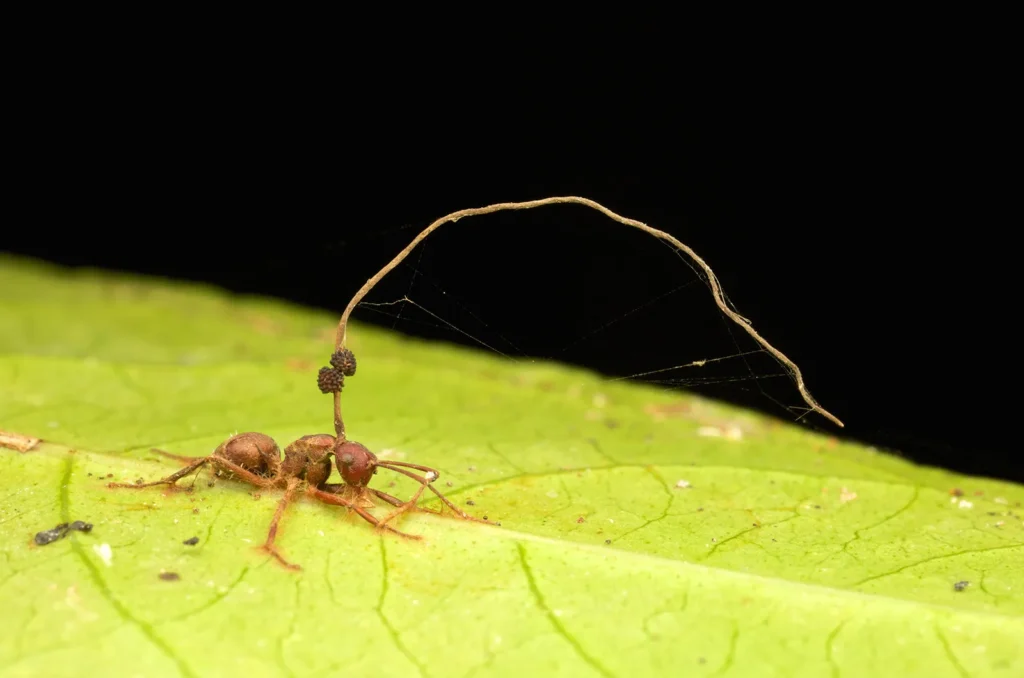
These past few years have seen a zombie revival (see what I did there?) between great video games like Project Zomboid, Remakes like the Resident Evil series, and fantastic TV Shows such as “The Last of Us” and “The Walking Dead” universe, with all the annexed spin-offs!
Every time I consume any zombie game or movie, I always fantasize about finding myself in a zombie apocalypse even though I know for sure that I would not fare well.
I finally decided to not only dream about it, but to tackle the topic with a realistic approach, and answer a question that maybe you, dear reader, share with me: can a zombie contagion happen?
So Many Zombies: Understanding the Basics
After George Romero made zombies famous with his “Night of The Living Dead” in 1968, there have been zombies of any possible nature, ranging from voodoo magic to viruses.
For the sake of research, let’s narrow the zombies down to the traditional ones, which will share the following characteristics:
- They are either dead and reanimated or almost braindead
- They do not have any mental capacity or reasoning
- They are extremely sensitive to sounds
- They are not aggressive towards each other
- Their only goal is to chase the living and eat their flesh
Can a zombie like this really exist? Technically yes, but we must address the only thing that would stop them from happening: being dead.
The problem lies at the cellular level. It is surprising to discover that most of the human body can survive or be “resuscitated” even enduring deadly conditions. The problem, however, is our brain: in the moment of death the oxygen supply to a human brain is cut, leaving oxygen-hungry brain-cells to die in less than 10 minutes.
Needless to say, if the brain is dead, nothing works. A corpse cannot get up and start walking, let alone hear, chase, and eat the living.
Some Zombies in mainstream media evolved to circumnavigate the problem by letting their viruses, curses or fungi take over a mostly dead brain, and preserving the necessary primary functions like the ability to walk, hear and feed. Others instead produced pseudo-scientific reasons to justify resuscitation.
3 Famous Zombie Contagions: Realistic or Not?

Let’s see some Zombie contagion examples based on the latest mainstream media:
The T-Virus – Resident Evil
The T-Virus (short for Tyrant Virus) in the Resident Evil Series makes their hosts stronger and keeps them alive: “Despite organ failures and severe brain damage”.
The zombies we kill throughout the game are therefore people kept barely alive. I do feel a bit guilty now.
The Wildfire Virus – The Walking Dead
The Wildfire Virus leans on resuscitation by reactivating the brainstem. This is that part of the brain which takes care of automatic functions like breathing and swallowing, while sending messages from the brain to the spinal cord.
Unfortunately, there is no information on how this “reactivation” happens, so pinpointing how the process happens is left to our imagination. According to the NHS, brainstem death can’t be reversed, but there is active study on the field.
I am neither a doctor nor scientist, but I believe that a functioning brainstem would not be enough to make the zombies walk and feed, considering that the rest of the brain would not be functioning to send the proper messages to the body to move.
Cordyceps Brain Infection – The Last of Us
A creative variant for a zombie infection, the Cordyceps Brain Infection is based on a real infection caused by fungi in nature called Ophiocordyceps unilateralis.
Also called the “Zombie-ant fungus”, this fungus basically does a reduced version of what we see in the video game but to ants. There is a terrifying video by National Geographic that I strongly advise you readers to watch to know more about the IRL version of the fungus.
In the game, the cordyceps infection affects a live human being in four stages taking up to ten years before killing the host.

Two out of three examples keep the host alive, while only one (the Wildfire Virus) really reanimates the host. Of the three, it also seems to be the least convincing of happening, mostly due to this very fact.
So, can any of these zombification events happen? Based on the details we have and basic human biology, I’d say yes… of course, given that these viruses and fungi would really exist.
Can the Zombie contagion really spread?
This is a much easier question to answer since we have mostly accepted the event of a zombie to exist in the first place. The answer is a strong yes.
I would split a possible transmission between Environment-on-Human and Human-on-Human.
In the case of Environment-on-Human Virus transmission, we should first understand from where a virus can enter our organism.
A fantastic research study done by Jennifer Louten in regards of Virus Transmission explains that these entrances, also called Portals of Entry, are the following:
- Respiratory and Gastrointestinal tracts (ex. Rhinovirus)
- Skin (ex. HSV-1)
- Genital Tract (ex. HIV)
- Through Placenta (ex. Zika virus)
- Eye (ex. Cytomegalovirus)
Viruses meant to have Environment-on-Human transmission (ex. The Wildfire Virus in The Walking Dead) are, then, completely plausible since they can be airborne (respiratory tract) or ingested by infected water or food (gastrointestinal tract).
Other Viruses may prefer only Human-on-Human transmission (ex. The canon version of the T-Virus in Resident Evil) or opt for both ways. In these cases, Human-on-Human would also be completely plausible. In her research, Louten explains that Viruses can also be spread through needle injection or bite. This last one would be the most known source of Human-on-Human transmission in any case of zombie virus in media.
As for our dear “The Last of Us”, Environment-on-Human transmission would mostly happen by breathing the cordyceps spores in the air.
An article written by W.G. Sorenson for “Enviromental Health Perspectives”, explains that there have been hazardous cases from breathing fungal spores with outcomes ranging from toxic pneumonitis to cancer. A fictional mutated version of the Ophiocordyceps unilateralis would, then, be able to spread in a human organism by inhalation.
As for Human-on-Human, this is a more difficult possibility.
While there is not a lot of data on bites, aside from a research article led by Panayotis D Kontoyiannis regarding spore transmission by insect bites, Vox interviewed Biology Professor Charissa De Bekker which stated that transmission by bite would not happen.
To be completely fair, Human-on-Human transmission would passively happen seen that infected people seem to release spores at the later stages of the contagion. The potential host would still breathe in spores from the environment, thus it will anyway be considered Environment-on-Human transmission.
Conclusion
We are now in possession of enough data to declare that some of the various zombie contagions could eventually happen in the real world with the right mutated virus or fungus.
From this to a full-scale zombie apocalypse there would be still a long way to go, involving the societal part of the scenario which would see the fall of governments and their advanced healthcare systems.
I will be sure to analyze this side of the medal in one of my upcoming articles, so stay tuned!




Pingback: The Complete Lore of Frostmourne – World of Warcraft